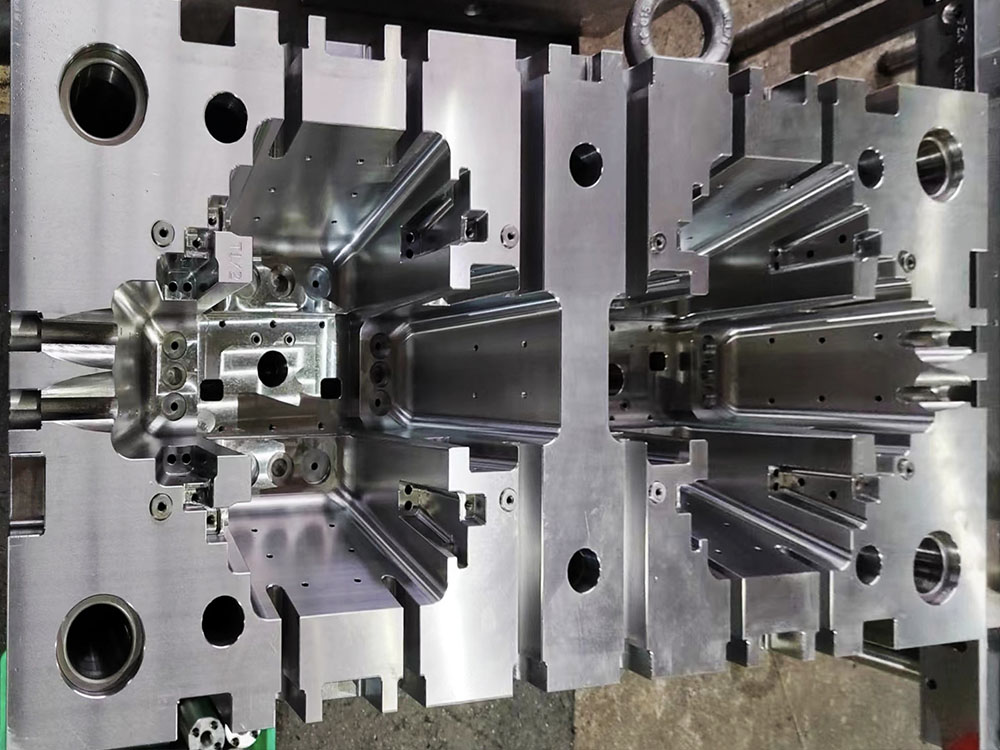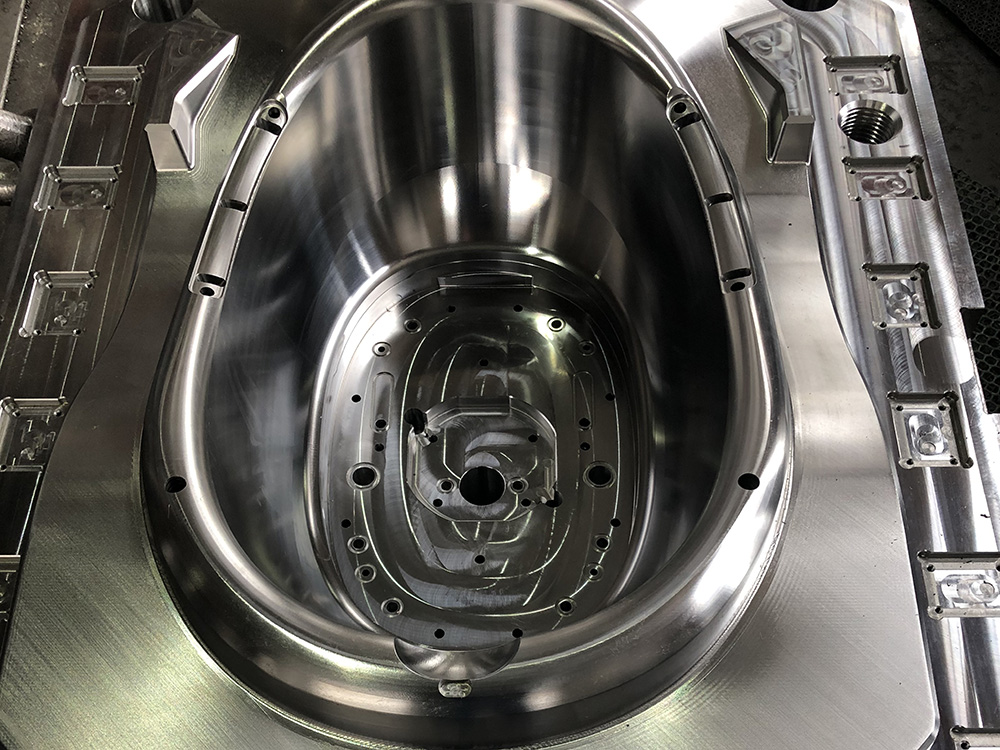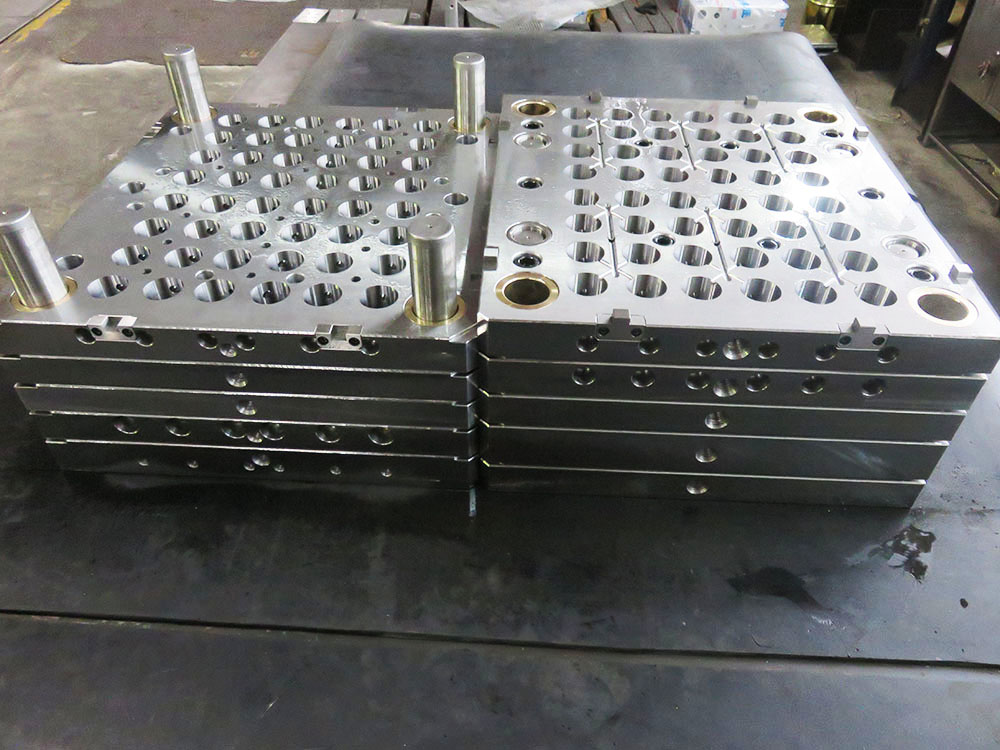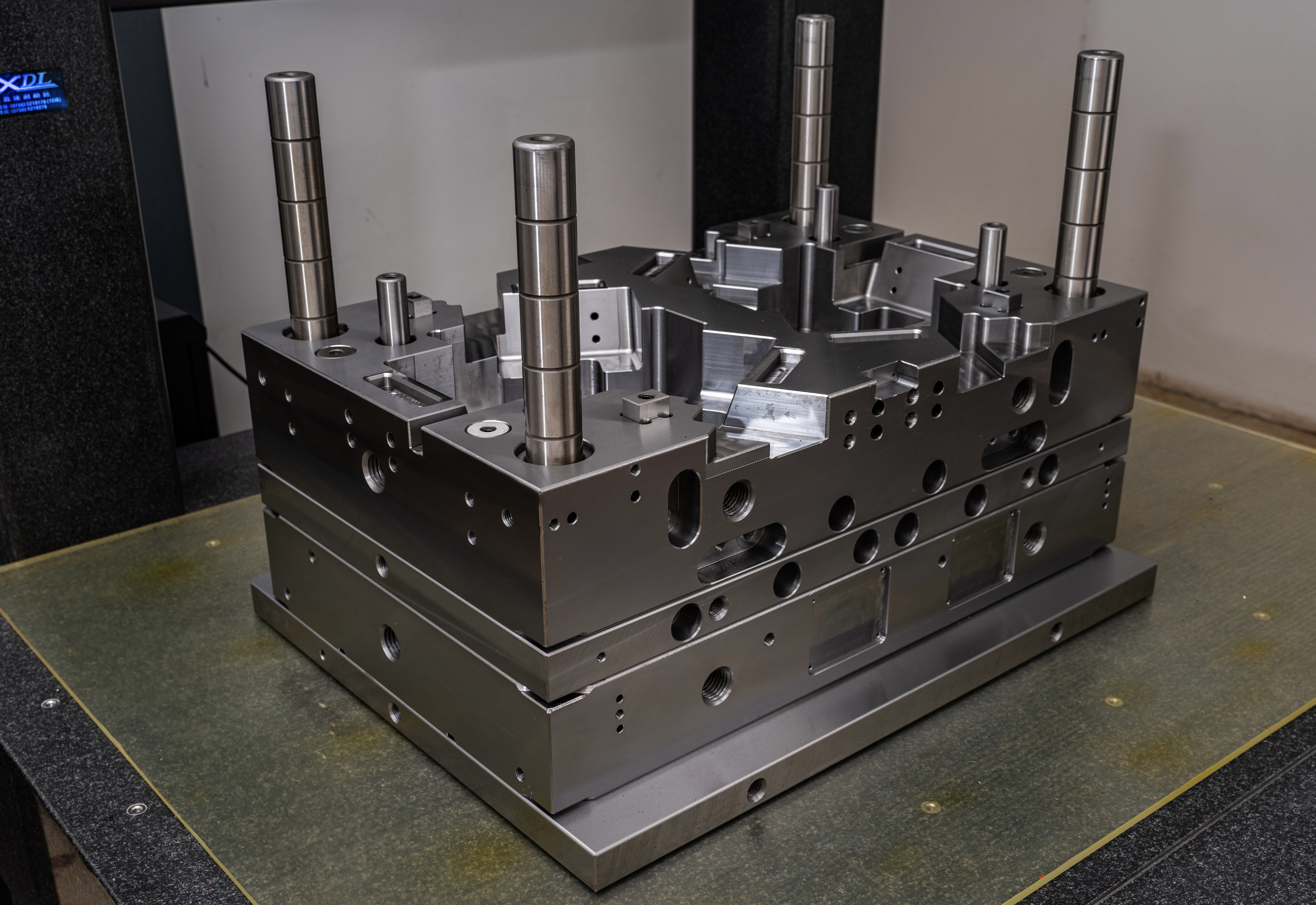Introduction
In the mold-making industry, the support structure category of the model frame plays a crucial role. Mold bases serve as the foundation for the entire mold assembly, providing stability and precision during the molding process. In this article, we will explore the various aspects of the support structure category of the model frame and its significance in the mold base industry.
The Importance of Support Structure Category
The support structure category of the model frame refers to the design and construction of the components that secure and reinforce the mold base. It ensures the stability and accuracy of the mold assembly to achieve consistent and high-quality molded parts.
One of the key components of the support structure category is the clamping system. This system is responsible for holding the mold halves together during the molding process, preventing any movement or shifting that may affect the final product's dimensions. It usually consists of clamping plates, bolts, and clamps, which securely fasten the mold halves and ensure precise alignment.
Another important aspect is the guide system. This system provides guidance and support for the mold halves, ensuring their precise alignment. It typically consists of guide pins and bushings that allow smooth movement and accurate mating of the mold halves.
In addition to the clamping and guide systems, the support structure category includes various additional components such as support pillars, locating rings, and ejection systems. These components contribute to the overall stability and functionality of the mold base, ensuring efficient and reliable molding operations.
Types of Support Structures
There are several different types of support structures commonly used in the mold base industry. These include:
1. Standard Mold Bases
Standard mold bases are pre-designed and manufactured, offering a cost-effective solution for molds with common specifications. They usually have a standardized support structure category that fits a wide range of applications. These mold bases come in various sizes and configurations, making them versatile and readily available.
2. Custom Mold Bases
Custom mold bases are specifically designed and built to meet unique mold requirements. The support structure category for custom mold bases is tailored to the specific application, taking into account factors such as part complexity, mold size, and production volume. This ensures optimal performance and precision for specialized molding operations.
3. Stack Mold Bases
Stack mold bases are designed to accommodate multiple mold sets stacked on top of each other. The support structure category for stack mold bases must provide sufficient strength and stability to handle the additional weight and forces generated during the molding process. It often incorporates additional support pillars and reinforcement components to ensure the integrity of the stack mold assembly.
4. Hot Runner Mold Bases
Hot runner mold bases are used in molds that require a heated manifold system to deliver molten plastic to the cavities. The support structure category for hot runner mold bases must accommodate the complex design and additional components associated with the hot runner system. This includes providing sufficient clearance for the hot runner components and ensuring proper insulation to minimize heat loss.
Conclusion
The support structure category of the model frame is an essential aspect of the mold base industry. It ensures the stability, accuracy, and functionality of the mold assembly, resulting in consistent and high-quality molded parts. From the clamping and guide systems to additional support components, each element plays a vital role in achieving optimal mold performance. Whether using standard, custom, stack, or hot runner mold bases, the support structure category must be carefully designed and constructed to meet the specific requirements of each mold application.




